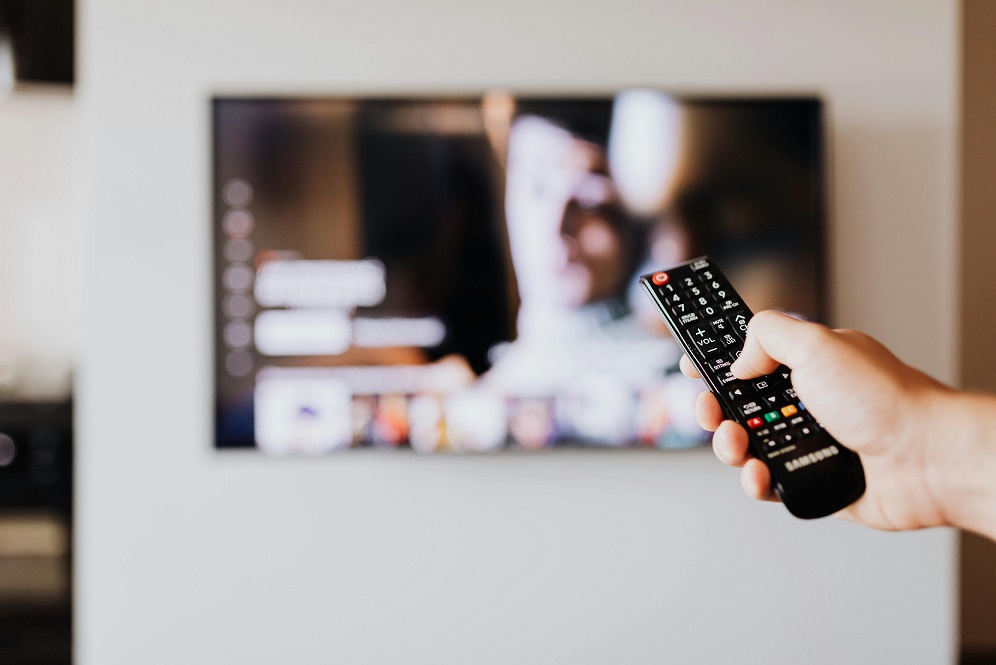IBC Show 2022 is in the books, and VITAC and Take 1 again would like to thank everyone who took the time at this year’s show to meet with us, learn about our products and joint offerings, or just stop to say “hello.”
Our team had a great time on the show floor speaking with members of the production and broadcast industry, sharing information about all our captioning, subtitling, transcription, audio description, and dubbing services, and learning about the newest innovations and solutions in media, entertainment, and technology.
Attracting more than 37,000 attendees and exhibitors from over 170 countries showcasing innovation and cutting-edge technology, IBC was a great way to catch up on the newest trends and offerings in the industry. Read below for a few of our show observations and takeaways.
Industry Diversity
The push for technology teams to become more diverse was an important topic on the show floor and in panel discussions. The need for inclusion ─ not only built into finished products, but in the initial design and imagining of those products ─ was a key point of an IBC panel discussion on making tech more accessible.
Other points included:
- Making sure that the professionals designing tech and working in tech teams come from different backgrounds and have different lived experiences.
- Being more inclusive in the way companies invite people of diverse backgrounds to participate and collaborate at the creation table.
- Refocusing recruitment efforts and examining how employers reach out and invite people from different backgrounds to work.
New Realities
The growth and importance of the immersive industry (and how these technologies can be inclusive, sustainable, and more mindful of ethics and interoperability) took center stage at this year’s show.
Immersive technologies, such as augmented reality and virtual reality, are those that create distinct experiences by merging the physical world with a digital or simulated reality.
Nonny de la Peña, journalist, filmmaker, and virtual and augmented reality pioneer, delivered the keynote at this year’s IBC conference and spoke of the advances in AI, AR, virtual production, and the metaverse, and how the industry should weigh the impact that these technologies can have on society.
“Every city and every country should have a technology board, like we have an education board, because we saw during the COVID shutdown the incredible disparities in terms of who had access to technology,” she said. “It is a basic right – we all use it and totally need it to get by.”
Accessibility for All
There continues to be a welcome push for accessibility across the media and entertainment sector, and not just in broadcast, television, and streaming. Accessibility is a hot topic in video games, live theaters, social media, sports arenas, concert venues, and museums, just to name a few. Consumer expectations have changed, and no longer are captions, subtitles, transcripts, or audio description considered a luxury. They are now an expected part of the content.
Linear TV
A panel discussion focused on the future of linear television noted that linear channels (think traditional live TV) will continue to exist in the coming years but may increasingly be delivered by streaming platforms. The panel noted findings from research company Omdia showing that linear TV viewing time decreased in 2021, while streaming grew in all markets, particularly among younger viewers.
Linear channels can exist within streaming platforms, the panel said, and it will be up to consumers to decide whether they want to watch live or on-demand content within those streamers.
AI in Movies
AI is making its mark on movies, and likely will continue to influence the way films are produced moving forward. Growth in machine learning and artificial intelligence already is disrupting many aspects of traditional filmmaking both for live action and animated productions.
Markus Gross, chief scientist at The Walt Disney Studios, said that Disney Research Studios has more than 50 researchers rethinking the film production and distribution pipeline with the assistance of AI to help it increase production efficiency, reduce costs, and support storytellers.
Fast Channels Aren’t Slowing Down
The popularity of FAST channels (Free Ad-supported Streaming TV) will continue to grow in the coming years. Research from Omdia shows that the FAST market will generate nearly $4 billion in revenue in the US market in 2022.
FAST channels are a hybrid of traditional viewing and streaming – they are essentially streamed live TV without the subscription. Platforms that have been commonly described as FAST services include Paramount’s Pluto TV, Comcast’s Xumo, Fox’s Tubi, Amazon Freevee, and the Roku Channel.




